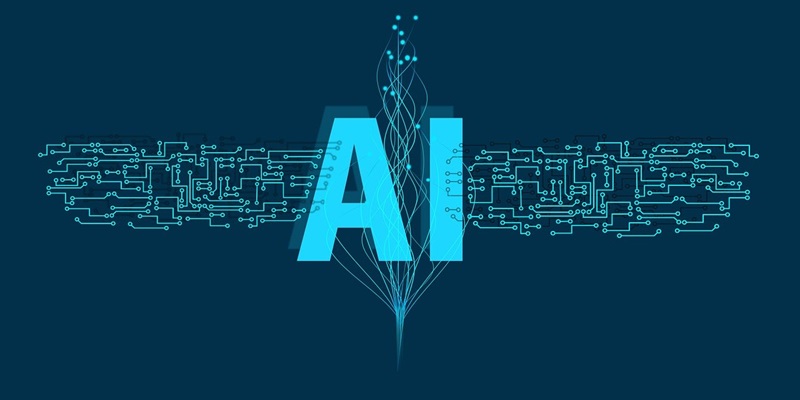Artificial Intelligence (AI) stands poised to revolutionize many aspects of business operations, promising new efficiencies and insights. However, the transition to AI brings its own set of challenges, requiring thoughtful preparation and strategic foresight. As companies embark on this transformative journey, Chief Information Officers (CIOs) play a pivotal role in steering their organizations through complexities that AI implementation entails. From evaluating existing data frameworks to ensuring regulatory compliance, the CIO’s responsibilities extend across multiple dimensions of both technology and human resource management.
Assess Your Existing Data and IT Frameworks
AI thrives when its data is stored in a unified repository, and the data quality is high. This emphasizes the importance of Extract-Transform-Load (ETL) tools that are capable of extracting, cleaning, and standardizing data from various sources to ensure compatibility and security. Achieving this level of data interoperability is no small feat and impacts every layer of IT infrastructure. For instance, network traffic patterns may need to be reworked, bandwidth increased, and storage enhanced to accommodate the large volumes of data that AI applications require.
Furthermore, processing adjustments must be made to integrate parallel stream processing, as opposed to the linear processing typical of conventional IT transactions. This impacts how IT operates, demanding new data management and strategic skills. Systems outside the enterprise, owned and operated by third parties, must be vetted for data compatibility and adherence to security standards. This evaluation is crucial as the quality of AI outcomes depends significantly on the data it processes.
Review Your Skillsets
Most IT staff will need up-skilling to effectively manage AI systems. Staff members may need to learn new programming languages, master parallel processing environments, and provision additional bandwidth to support AI applications. This could also involve developing dedicated networks specifically designed for AI’s higher demands. Application developers and business analysts must become adept at defining algorithms, crafting machine learning models, and conducting iterative QA testing until AI outputs align with the expectations of subject matter experts.
Incorporating subject matter experts into the algorithm development process ensures that the AI’s learning models are accurate and relevant to business needs. Importantly, this skills transition must encompass not just technical abilities but also the strategic acumen required to anticipate and mitigate potential issues in data handling or model deployment. This holistic skills upgrade ensures that the IT team is not merely reactive but proactively driving AI initiatives to successful fruition.
Establish Compliance and Oversight Guidelines
As regulatory bodies worldwide struggle to keep pace with rapid AI advancements, companies must take the initiative to define their own AI compliance and oversight guidelines. This proactive approach helps avoid becoming an example of what not to do in future regulations. Companies should foresee potential incidents and use cases that could trigger the formation of new regulations and preemptively establish policies to mitigate these risks.
The guidelines should encompass data privacy, ethical AI usage, and transparency in AI-driven decision-making processes. Having robust governance frameworks in place not only aids in compliance but also builds trust with stakeholders, including customers and partners. Given AI’s potential for significant impacts on business operations and societal norms, setting a high bar for compliance and governance is an indispensable step for CIOs.
Gauge User Acceptance
Employee resistance remains a critical factor that can derail AI projects. Concerns about job displacement due to AI adoption must be addressed transparently. Developing a human roadmap where employees understand how their roles might evolve minimizes resistance. This roadmap should outline new opportunities that AI brings, encouraging employees to reskill and take on more strategic, value-adding tasks.
If job roles are likely to be eliminated, it is best to communicate this upfront and assist affected employees in finding new opportunities. This could involve providing training programs, career counseling, or even help in securing new positions either within or outside the company. Fostering an environment of transparency and support can turn potential resistance into a collaborative effort towards successful AI integration.
Analyze Risk Factors
Cybersecurity and risk management sit at the top of CIOs’ priorities, especially when transitioning to AI. AI introduces unique security vulnerabilities, such as the risk of “poisoned data,” where malicious information is intentionally introduced during the AI training phase. This corrupted data can lead to false and misleading results, undermining the reliability of AI-driven insights.
Another significant risk is the degradation of AI results over time. As business conditions evolve, algorithms and data queries must be updated to maintain their relevance and accuracy. Continuous monitoring and maintenance strategies should be devised to ensure AI systems remain precise and effective. This involves regular audits, accuracy checks, and updates to the AI models to align with current business realities.
Transition from Experimental to Operational
Artificial Intelligence (AI) is set to revolutionize various facets of business operations, offering new levels of efficiency and valuable insights. However, the shift to AI brings along its own set of challenges that necessitate careful planning and strategic vision. As companies embark on this transformative path, Chief Information Officers (CIOs) become crucial in navigating through the intricacies that AI implementation involves. This role requires a multifaceted approach, as CIOs must evaluate existing data frameworks, address the complexities of integrating new technologies, and ensure compliance with a myriad of regulatory standards. They are also tasked with overseeing the human resource elements, from training employees to adapt to new technologies to managing the change in workplace dynamics. Therefore, the CIO’s role extends across technological and human resource dimensions, ensuring a seamless transition as organizations increasingly adopt AI systems. This combination of strategic oversight and meticulous execution is essential for leveraging AI’s full potential while mitigating associated risks.

